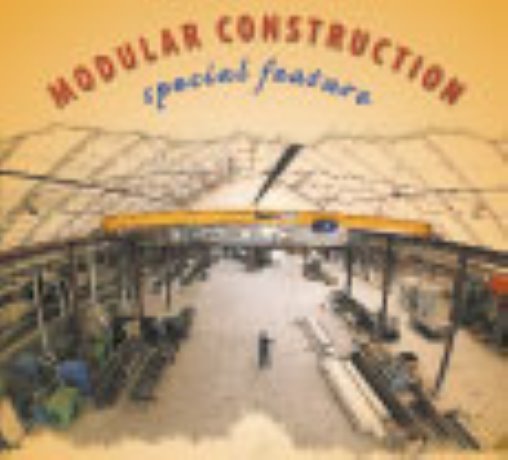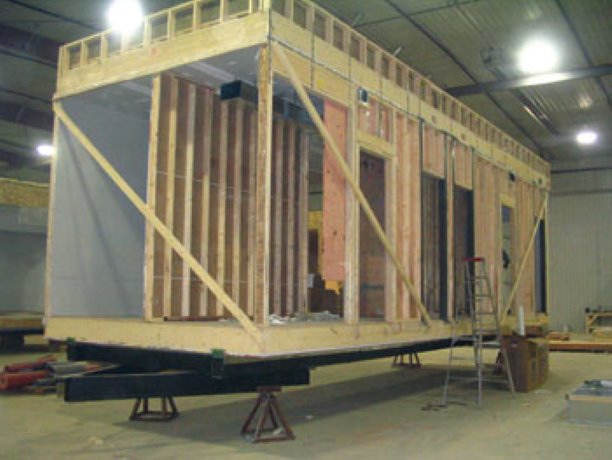Three years ago, Calnitsky Associates Architects was commissioned to design an RCMP detachment for the northern community of Pukatawagan/Mathias Colomb Cree Nation, a community of about 1,500, located northwest of Winnipeg.
A long list of significant challenges can impact construction in remote communities and modular construction is one way to get around them, noted Winnipeg-based architect Ed Calnitsky.
Those challenges can include the cost of moving materials to the community, as well as housing and feeding a work crew for an extended period of time.
There is the added problem, Calnitsky pointed out, of finding skilled workers, who are willing to work in remote northern communities when jobs are plentiful in southern Canada.
Three years ago, Calnitsky Associates Architects came face to face with those issues when the firm was commissioned to design an RCMP detachment for the northern community of Pukatawagan/Mathias Colomb Cree Nation, a community of about 1,500, located northwest of Winnipeg.
The community is accessible by rail and air, but only by road in the winter months.
The assignment was to build a typical RCMP detachment building with offices, cells and an interview room as well as a parking and maintenance garage.
The budget for the 2,000 square foot structure was $2 million.
“If we had opted for a traditional approach, as we did in building some OPP (Ontario Provincial Police) buildings in Northwestern Ontario, we would have had to be continually bringing trades people in and out,” Calnitsky noted.
“Security was also an issue. Because this was to be a high security building, the quality of the work was critical.”
With those factors in mind, Calnitsky Associates decided to take a modular approach to the project.
The firm contracted with Grandeur Manufacturing, a modular construction specialist in Altona in southern Manitoba, near the U.S. border, to manufacture the different modules.
“The entire detachment was constructed in sections in the Grandeur plant,” Calnitsky said.
“It was akin to working in laboratory conditions. We didn’t have to battle the elements. All the components were assembled with an extremely high level of precision. The quality level was second to none.”
Calnitsky added that the trades were brought in as required and there were no additional costs for housing and meals.
There was one little hitch though. Calnitsky Associates originally designed the modular components so that they could be shipped to Pukatawagan by truck.
The problem was that the winter roads melted early in the winter of 2009.
While one option was to wait and send the components the following year, the firm instead had the plant downsize the components for rail delivery.
On site at Pukatawagan, Calnitsky said, the only work that had to be done was to pour concrete for the foundation on which to assembly the modular parts for the detachment.
The modular structure now in place is a wood frame building.
“The conventional way would have been to build the structure out of concrete,” Calnitsky said.
“However, modular work requires lightweight material for easier transportation – especially on winter roads. While concrete looks more durable, the life span of treated wood is not much different than that of concrete.”
While going with a modular approach gives builders the option of building anywhere in Canada and accelerates the building schedule, Calnitsky observed that one drawback is that it removes the potential for creating short-term jobs for local people in isolated communities.
He reported that Calnitsky Associates has a commission for a second RCMP detachment for an isolated community – this time in northern Saskatchewan.
“The RCMP are considering a modular approach for that location as well, but the final decision hasn’t been made yet,” he said.

1/2
Canadian Construction Association Hawaii Conference logo

2/2
modular RCMP detachment being built by Grandeur Manufcaturing











Recent Comments
comments for this post are closed